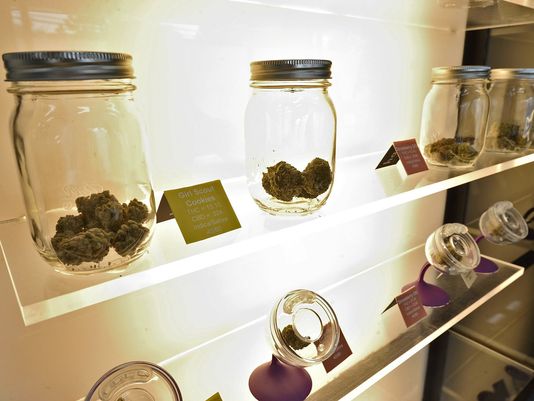What is a noxious weed?
A weed is any plant growing where it is unwanted. A noxious weed, on the other hand, is a plant not native to the United States or Utah; and has been designated “noxious” by federal, state or county law due to its environmental and financial impacts. Noxious Weeds are “invasive” a term which is used for because the species are aggressive. These species grow and reproduce rapidly, causing major disturbance to the areas in which they are present. Many were brought to the United States unintentionally through agricultural and horticultural practices. Others were introduced intentionally for erosion control, grazing and gardening/landscaping.
Why are noxious weeds a problem?
Noxious weeds invade over 4,600 acres a day in the United States and displace native plant species important to wildlife and livestock. Once established, noxious weeds can be difficult and costly to control and have several negative impacts, including: reducing food sources for wildlife, injury to wildlife, livestock and pets, increased water use, increased erosion, clogging of rivers and streams and increased severity and frequency of fires.
Why you need to control noxious weeds on your property?
Weed control is a “good neighbor” practice. Because weeds do not recognize land ownership boundaries, control of weeds on your land prevents them from becoming your neighbor’s problem too. But more importantly, it is the law. The 1971 Utah Noxious Weed Act calls for the control of noxious weeds on public and private lands. State and federal weed laws give the authority to local government to inform private landowners when their lands contain noxious weeds. The laws also task the local governments with citing landowners for weeds they fail to control after notification and charging landowners for the cost of controlling the noxious weeds.
How do I know if I have a noxious weed on my property?
The state and county provide current noxious weed lists and update them as new species are added. The noxious weed species for Utah and Summit County. Thorough information on the specific species can be found at the following web pages:
It is important to be aware of what noxious weeds look like in their various stages of life because control methods differ based on their current stage in their life cycle.
There are also local contractors that can provide noxious weed assessments to determine what noxious weeds are on your property and recommend control options.
How do you control noxious weeds?
Every noxious weed is different, but many can be controlled by regularly weeding before they produce seed or with herbicide. There are a number of resources on the internet (two mentioned above) that recommend the best control practices for most noxious weed species and the Summit County Weed Supervisor can be a great resource of information. For landowners that wish to use herbicide, Summit County has a program to aid landowners in obtaining the correct herbicide and will loan out equipment. For those who do not wish to or are unable to control the noxious weeds on their property themselves, there are several landscaping and weed control companies that can be hired.
Weed control is one of the most expensive aspects of land management. When both public and private landowners contribute to controlling weeds on their lands, these costs can be greatly reduced over time and lands impacted by noxious weeds can recover. Be a part of the solution by checking your property for noxious weeds each spring and controlling them.
Credit: parkcity.org


